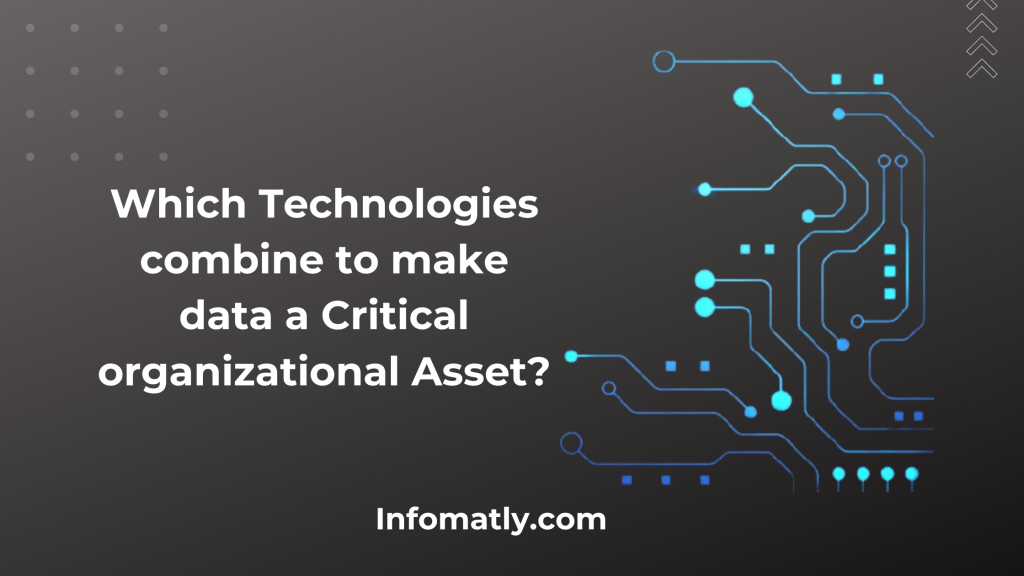The technologies known as Machine Learning (ML) and Artificial Intelligence (AI) work together to transform data into a crucial asset for organizations. Artificial Intelligence and Machine Learning are commonly discussed and can be perplexing. Machine Learning is a subset of Artificial Intelligence (AI) and involves creating and implementing algorithms that can learn from previous experiences. By observing past behavior, it becomes possible to make predictions about future occurrences. However, predicting new behavior without any prior instances is not possible.
Machine Learning can be applied to address challenging problems such as detecting credit card fraud, enabling self-driving cars, and performing facial recognition. Through constant analysis of extensive datasets, machine learning algorithms can identify patterns and enable machines to handle situations for which they haven’t been explicitly programmed. The machines rely on past data to generate dependable results.
These technologies employ principles from Computer Science and Statistics to predict logical outcomes. Given the abundance of data and the increasing computational power available, Artificial Intelligence (AI) techniques are being increasingly used in finance, including asset management, algorithmic trading, credit underwriting, and blockchain-based finance. Machine Learning (ML) models enhance predictability and performance by automatically learning from experience and data without human intervention.
Data is an Important Organizational Asset
Data holds significant importance within organizations. In our increasingly data-centric world, businesses strive to gather and utilize information effectively, gaining a competitive advantage. Rather than treating spreadsheets or databases as mere entries, they recognize data as a vital asset that necessitates appropriate management and utilization. Failing to comprehend the true potential of data can detrimentally impact a company, leading to missed opportunities and negative financial consequences.
In today’s data-oriented landscape, businesses must acknowledge the value of all information sources, even unconventional ones. They establish mechanisms for collection, capture, and categorization, allowing them to extract valuable insights. Moreover, stringent measures are implemented to safeguard data, ensuring it remains inaccessible to malicious actors and remains unharmed, both intentionally and unintentionally.
Effectively managing data involves a combination of technical solutions and skilled professionals. Each company’s requirements vary based on the types and volume of data they handle and the goals they aim to achieve.
Conclusion
In summary, this post aimed to provide a comprehensive understanding of the technologies that converge to transform data into a critical organizational asset
